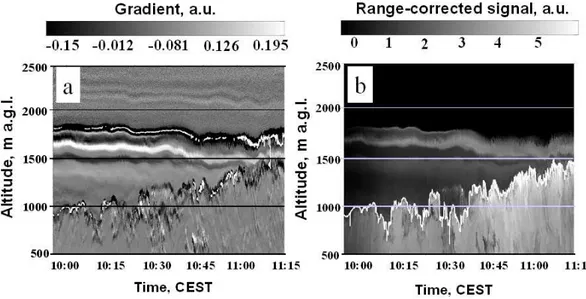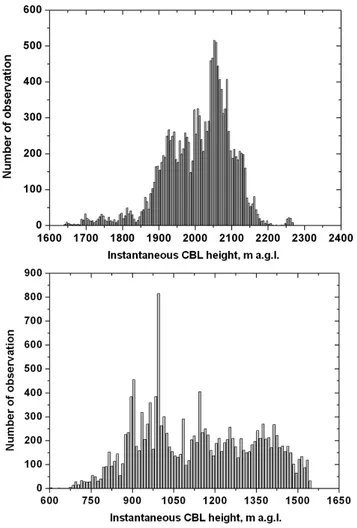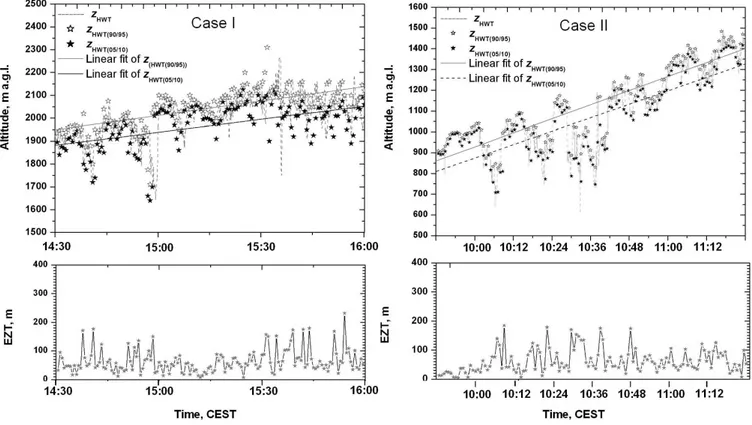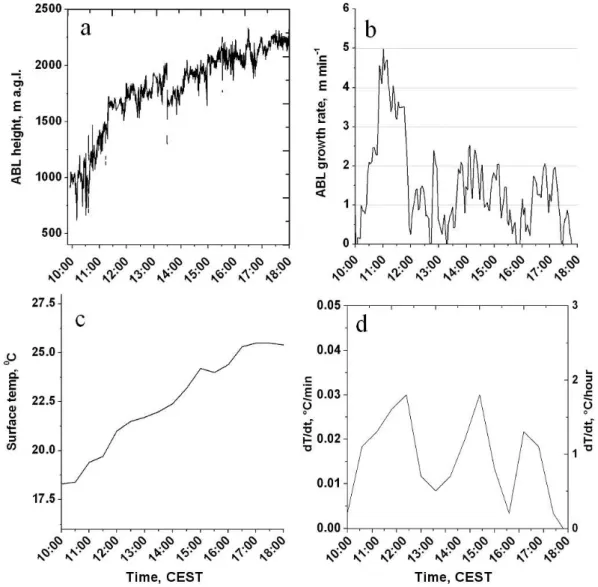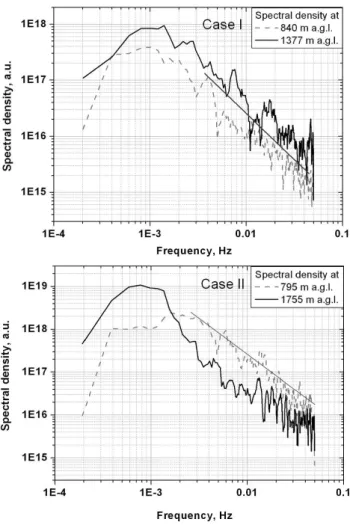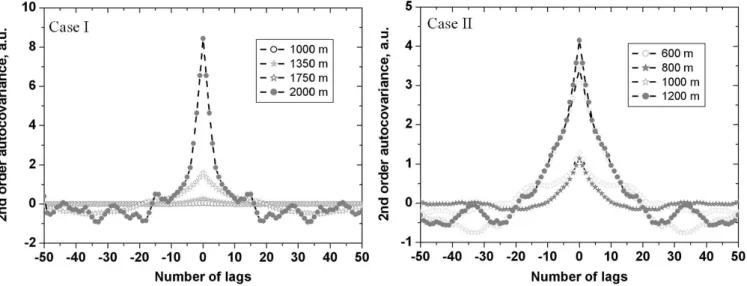Elastic-backscatter-lidar-based characterization of the convective boundary layer and investigation of related statistics
Texto
Imagem
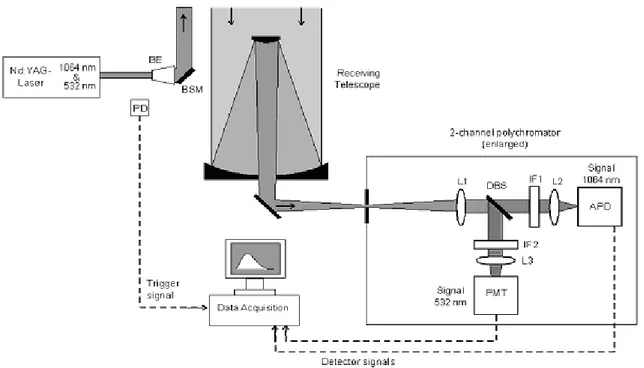
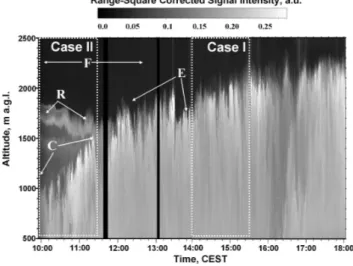
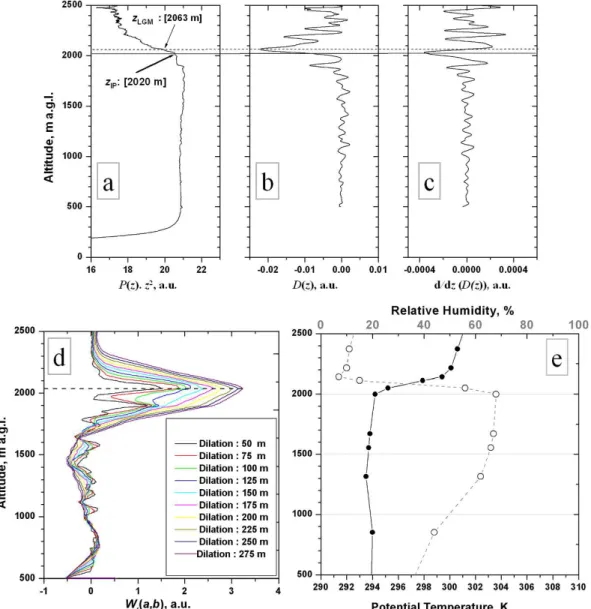
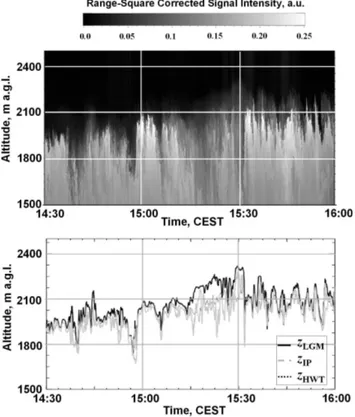
Documentos relacionados
The probability of attending school four our group of interest in this region increased by 6.5 percentage points after the expansion of the Bolsa Família program in 2007 and
Within the framework of the Natural Environment Research Council (NERC) Oxidant and Particle Photochemical Processes (OP3) project, a pulsed Doppler lidar was de- ployed for a 3
To study the influence of a foundation structure on the ground, the finite layer method of composite ground is derived based on the finite layer method (FLM) theory of
However, for weak con- vective situations the lidar measurements reveal boundary layer heights that are higher compared to the microwave observations, because a decrease of the
For high-resolution measurements of tempera- ture fields in the atmospheric boundary layer and the lower free troposphere a scanning eye-safe lidar which deploys the rotational
Power demand of the mixer’s drive reveals the mixer’s operating characteristics and reliable monitoring of the mixing processes involving the evaluation of power consumption
Surface-based radon ( 222 Rn) measurements can be combined with lidar backscatter to obtain a higher quality time series of mixing height within the planetary boundary layer (PBL)
Spatio-temporal distributions of the wind speed (a), wind direction angle (b), vertical component of the wind vector (c) and signal-to-noise ratio (d) obtained from measurements of
